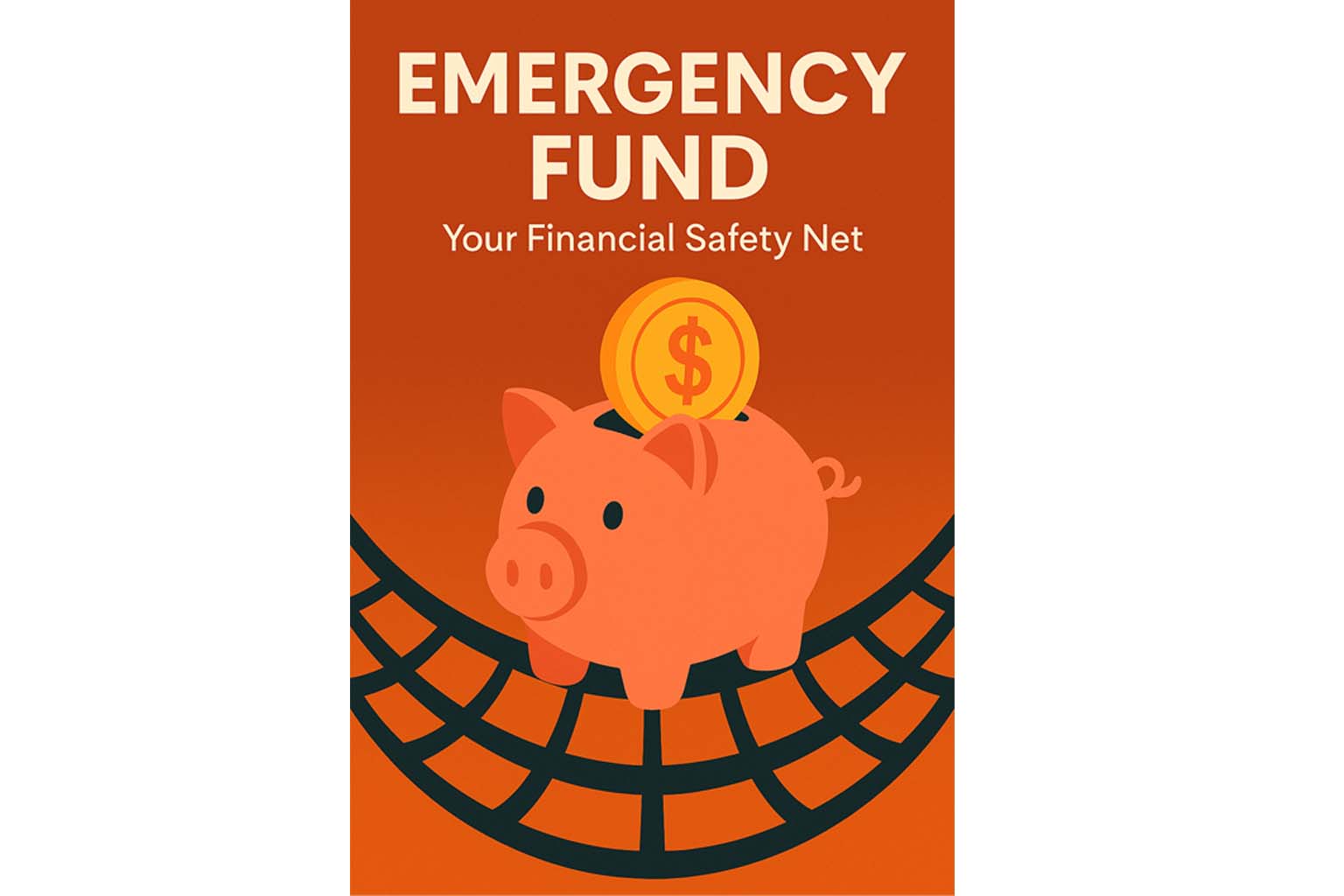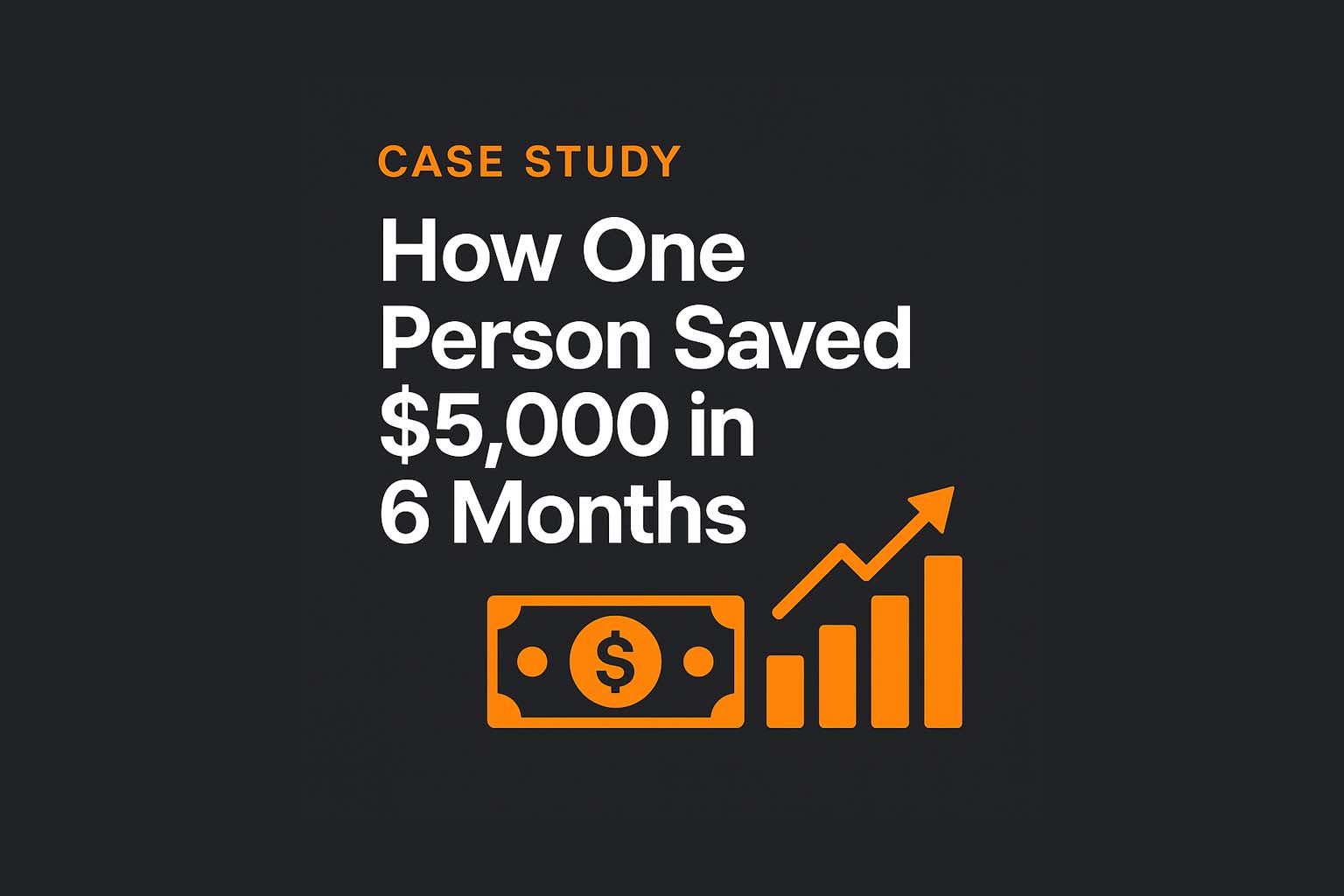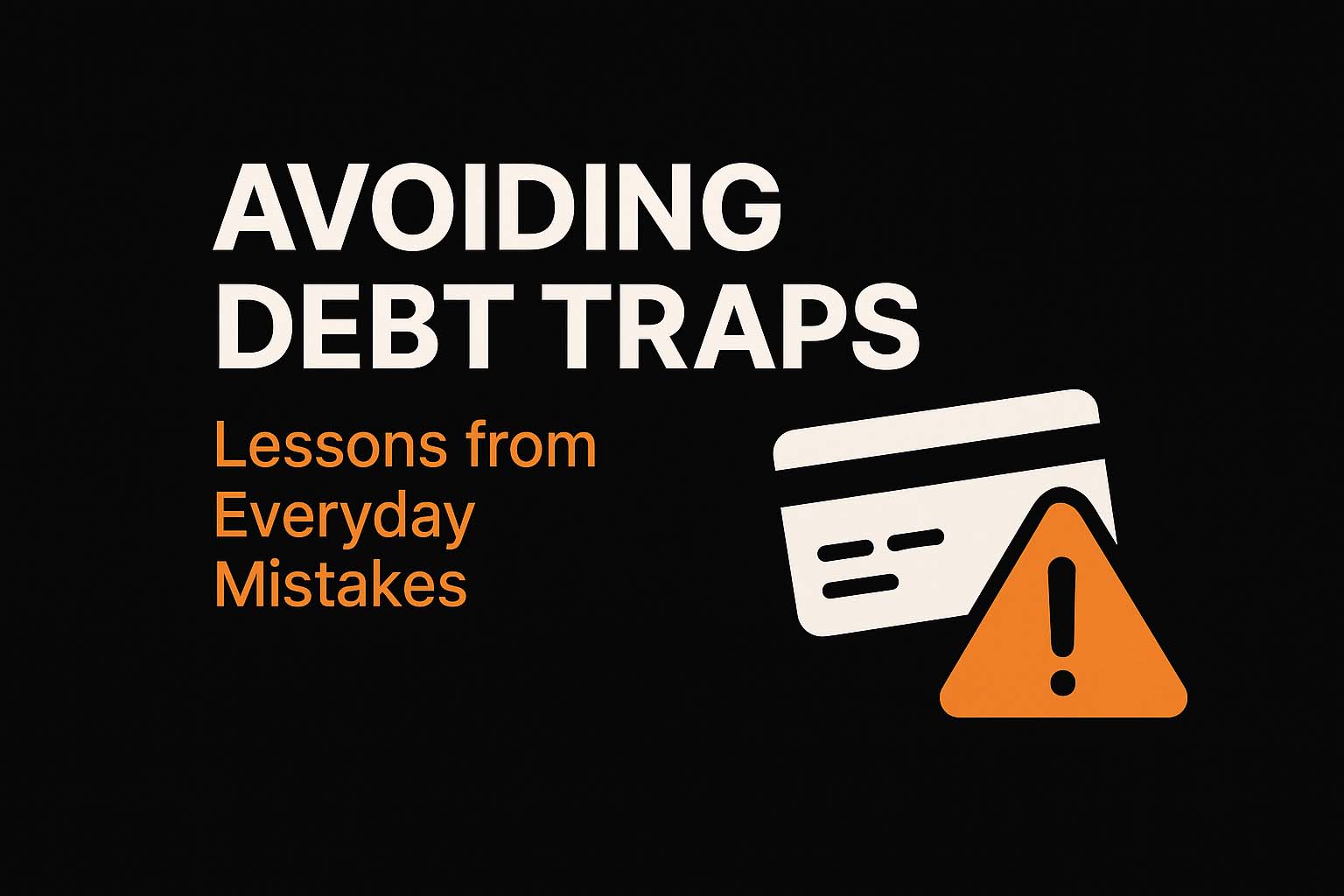Introduction
Life is unpredictable — job loss, medical bills, or urgent repairs can hit when you least expect it. That’s why an emergency fund is essential. It’s your financial safety net, protecting you from debt and stress. Here’s how to build one step by step, even if money is tight.
Why You Need an Emergency Fund
- Prevents reliance on credit cards or loans during crises.
- Gives peace of mind knowing you’re covered.
- Helps you stay on track with long-term goals.
How Much Should You Save?
Experts recommend 3–6 months of essential expenses.
- Single person: aim for 3 months.
- Family or unstable income: aim for 6 months.
- Start small if needed — even $500 can be a lifesaver.
Step-by-Step Guide
1. Set a Starter Goal
Begin with $500–$1,000 as a quick buffer.
2. Open a Separate Account
Keep the money in a savings account, not your daily checking account. Out of sight, out of mind.
3. Automate Savings
Set up an automatic transfer each payday — even $10 or €10 adds up over time.
4. Cut Small Expenses
Redirect money from non-essentials (e.g., subscriptions, dining out) into your emergency fund.
5. Boost with Extra Income
Use side hustles, tax refunds, or bonuses to accelerate growth.
Common Mistakes to Avoid
- Using the fund for vacations or shopping.
- Not replenishing after an emergency.
- Keeping it in cash at home (risk of theft/loss).
Example Plan
If your monthly essentials cost $1,500:
- Starter goal: $1,000
- 3 months: $4,500
- 6 months: $9,000
Conclusion
An emergency fund is the foundation of financial security. Start small, stay consistent, and grow it over time. You’ll thank yourself the next time life throws a curveball.
👉 Want to stay on track? Download our free savings tracker and build your emergency fund today.




